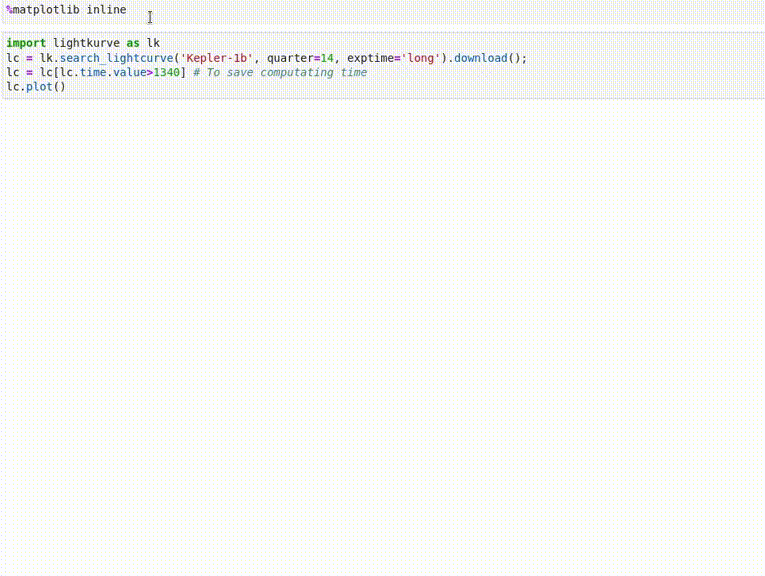Identify Light-Curve Signals with Deep Learning Based Object Detection Algorithm. I. Transit Detection
Deep learning techniques have been well explored in the transiting exoplanet field; however, previous work mainly focuses on classification and inspection. In this work, we develop a novel detection algorithm based on a well proven object detection framework in the computer vision field. Through training the network on the light curves of the confirmed Kepler exoplanets, our model yields about 90% precision and recall for identifying transits with signal-to-noise ratio higher than 6 (set the confidence threshold to 0.6). Giving a slightly lower confidence threshold, recall can reach higher than 95%. We also transfer the trained model to the TESS data and obtain similar performance. The results of our algorithm match the intuition of the human visual perception and make it useful to find single-transiting candidates. Moreover, the parameters of the output bounding boxes can also help to find multiplanet systems. Our network and detection functions are implemented in the Deep-Transit toolkit, which is an open-source Python package hosted on GitHub and PyPI.
PDF Abstract


